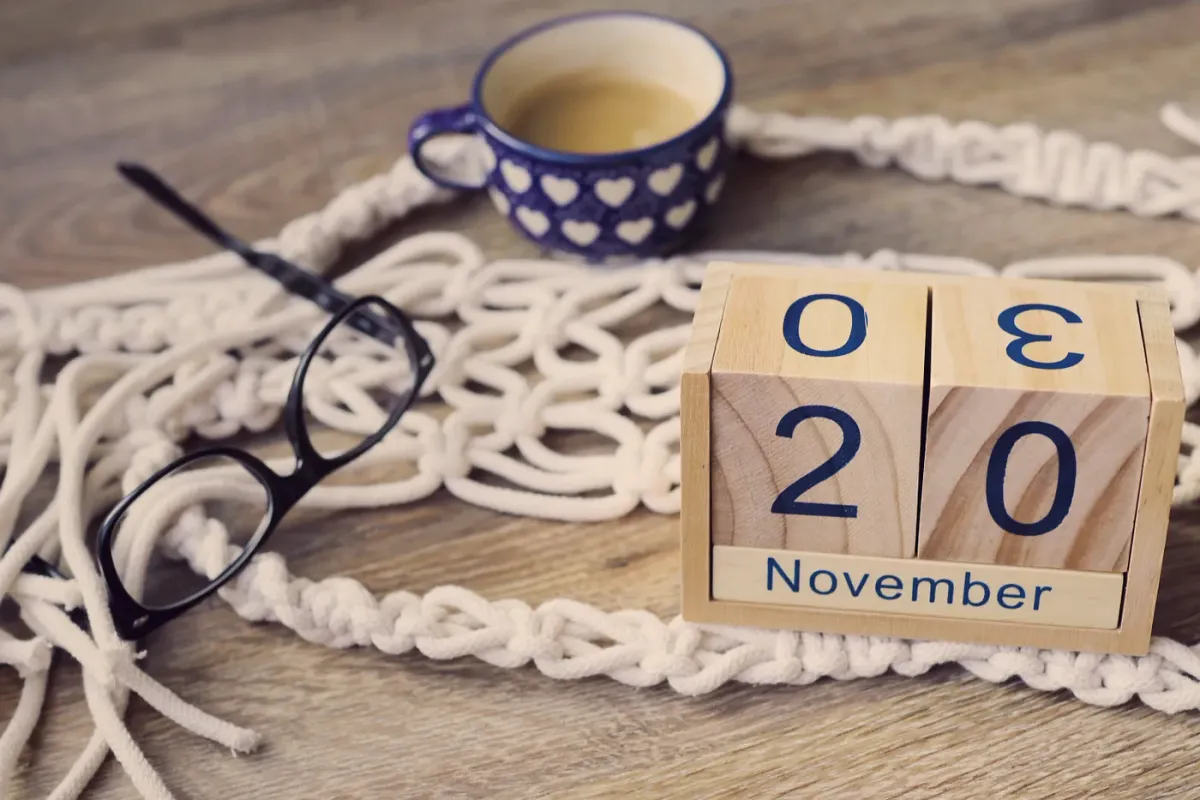A Quick Mathematical Puzzle: Calendar Dice
What numbers do they need to contain to display all days of the month?

Calendar Dice are a popular gadget on German office desks. Two dice can be moved in a small box to display the current day of the month. They’re decorative and it’s not even clear that it is possible to display any number between 01 and 31 using only two dice.
In fact, it’s a nice little puzzle to figure out which numbers you need to place on the dice to be able to display all dates in a month.
Since there are ten numbers (0, 1, 2, 3, 4, 5, 6, 7, 8, 9) and only six sides per die, we obviously cannot put all ten numbers on each die. So we have to make a selection. But what is the right selection to ensure that all days of the month can be displayed?
Before you scroll down to the solutions, I invite you to pause for a minute and think about it yourself.
Each die has six sides. This means that we can put up to six different numbers on each one.
Since two possible days are the 11th and the 22nd, we need to have the numbers 1 and 2 on both dice. Also, since every number needs to be paired with a 0 to display days 1–9 properly, we also need to put the number 0 on each die.
Die A: 0, 1, 2
Die B: 0, 1, 2
Now we can take the remaining numbers 3,4,5,6,7,8 and 9 and distribute them across the two dice, leading to
Die A: 0, 1, 2, 3, 4, 5
Die B: 0, 1, 2, 6, 7, 8, 9
Well, looks like we have a problem here. Die B now has seven numbers instead of only six. How can we solve the problem?
It took me a surprisingly long amount of time to figure it out, but the answer is simple once you’ve found it. We don’t need a 9 as an upside-down 6 serves as a 9!
Therefore we get
Die A: 0, 1, 2, 3, 4, 5
Die B: 0, 1, 2, 6, 7, 8
Of course, we can also choose to place the numbers {3,4,5,6,7,8} onto the remaining sides of the dice in whichever combination we like.
In fact, there is a surprising amount of

possible combinations to do so and to distribute the numbers on the two dice!





